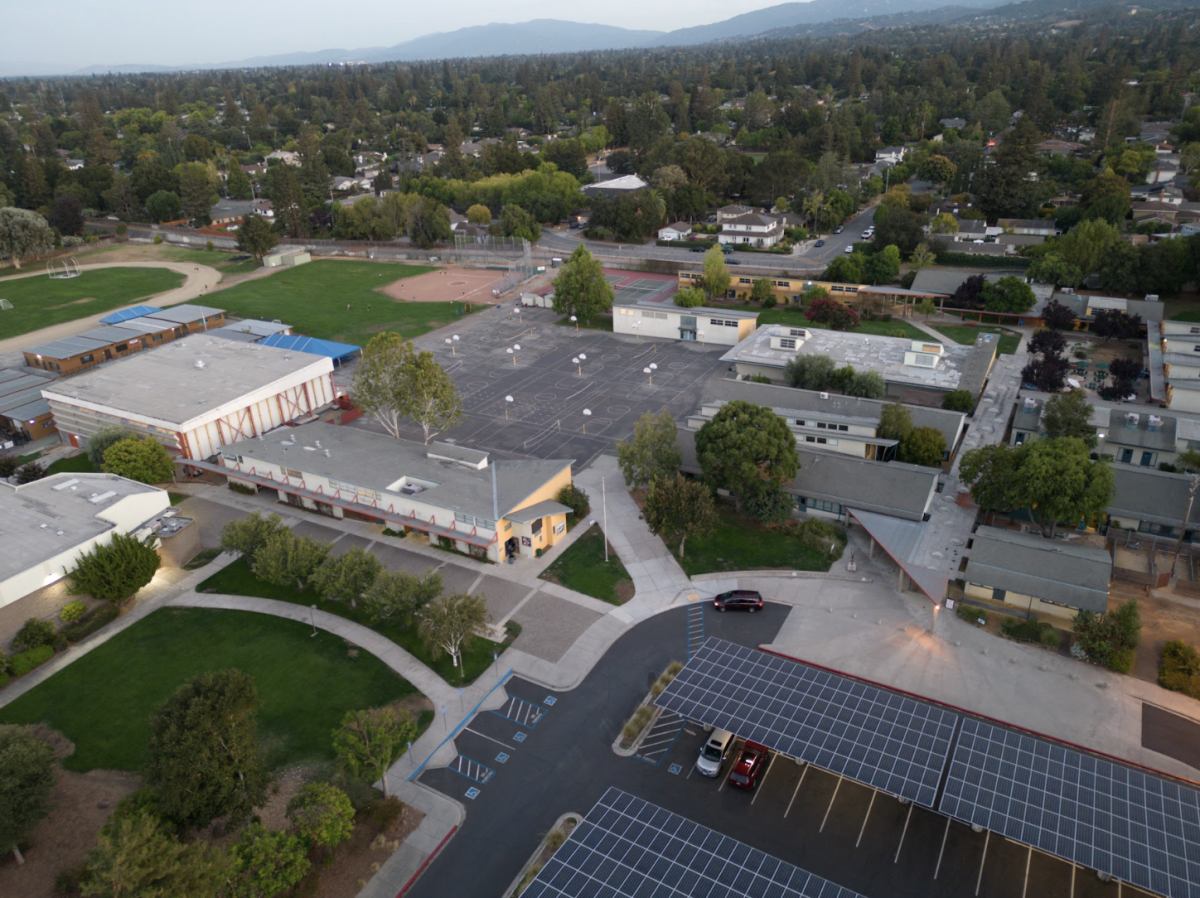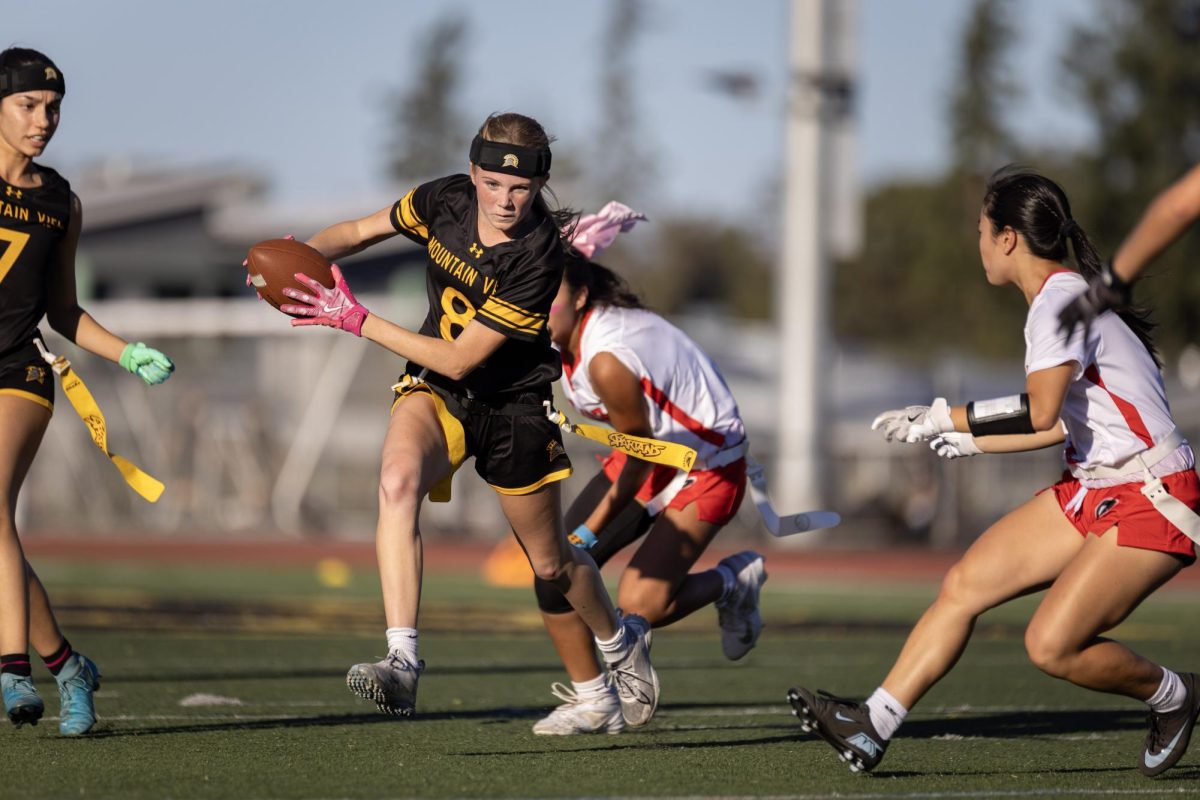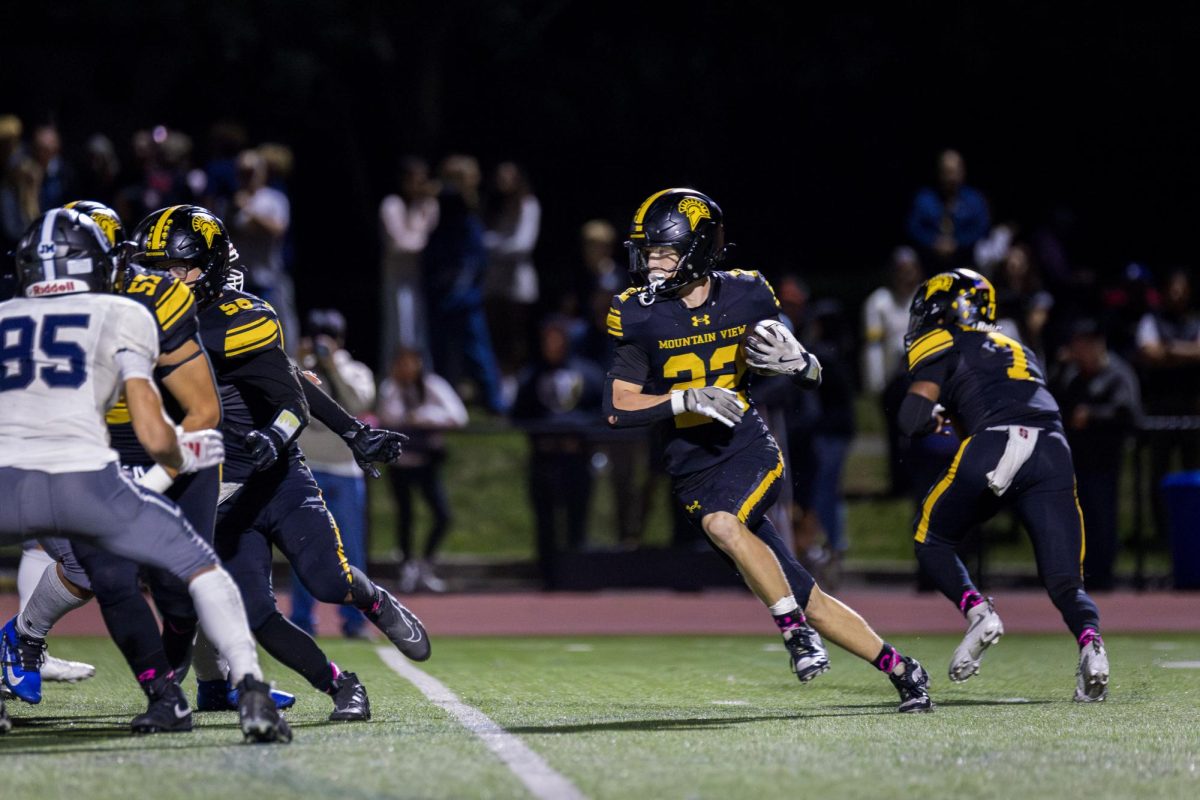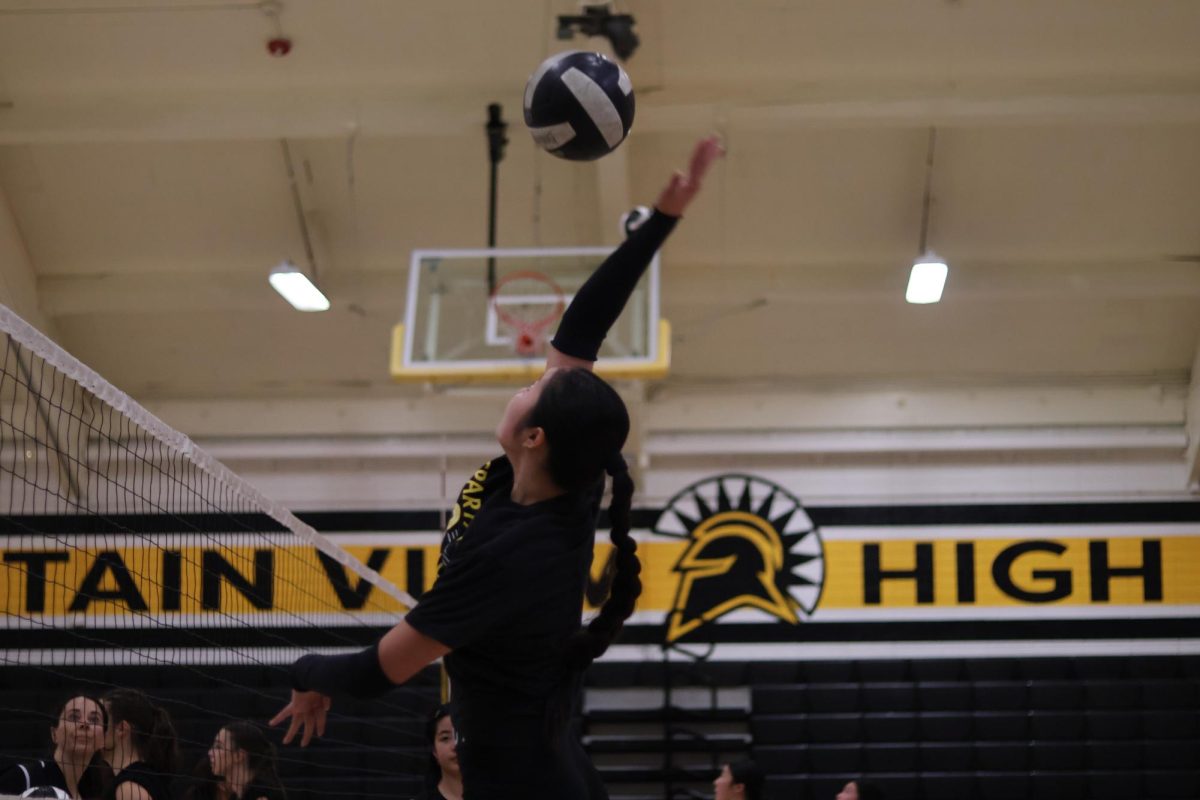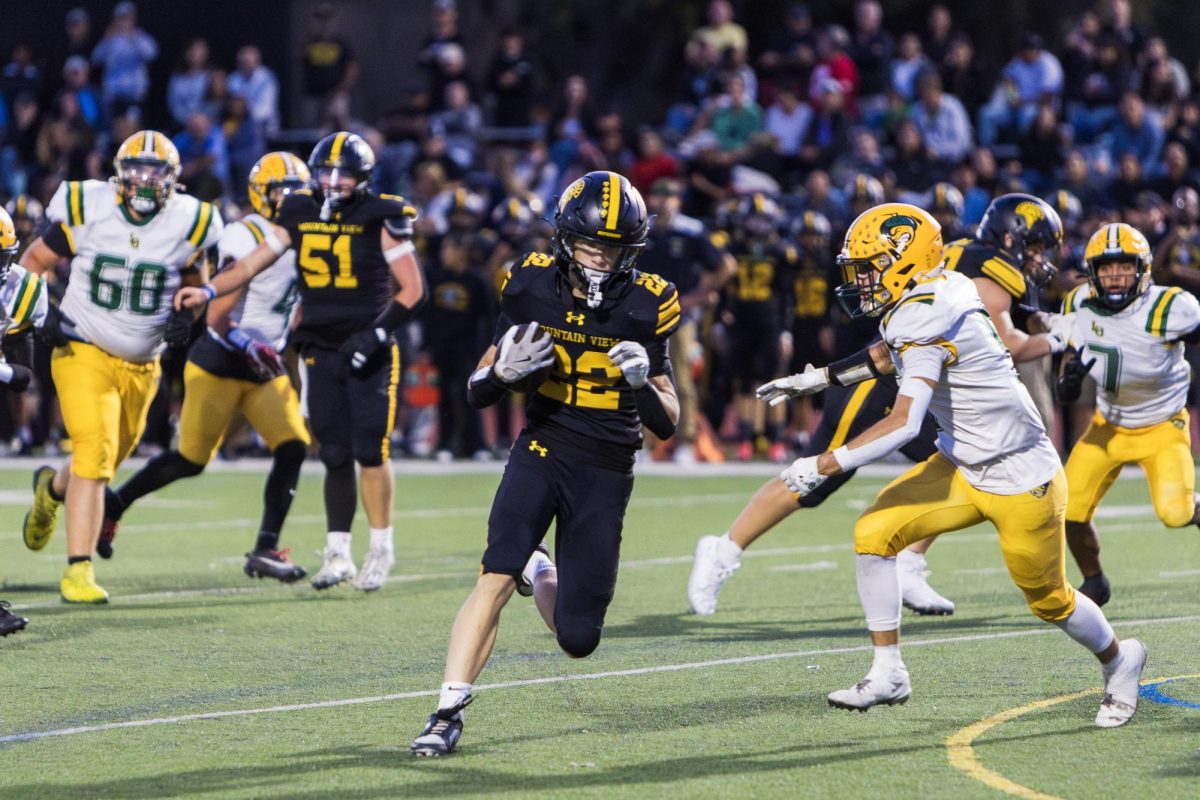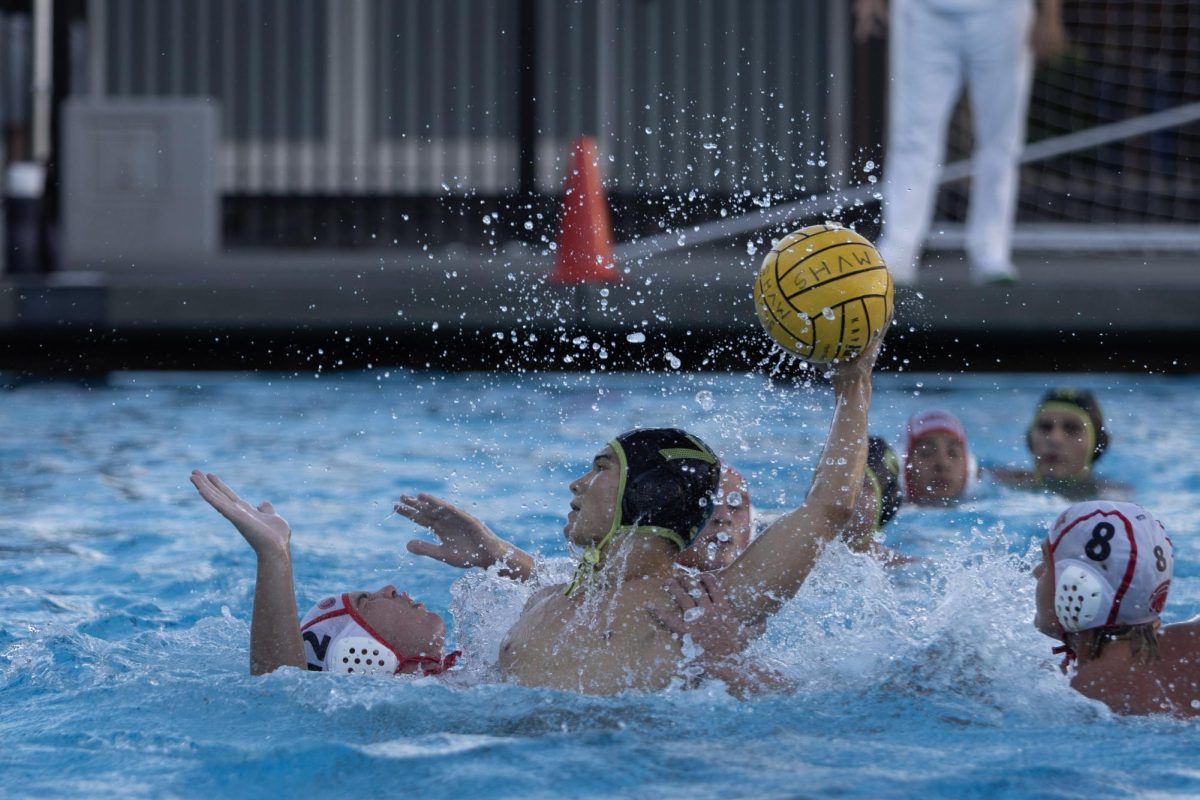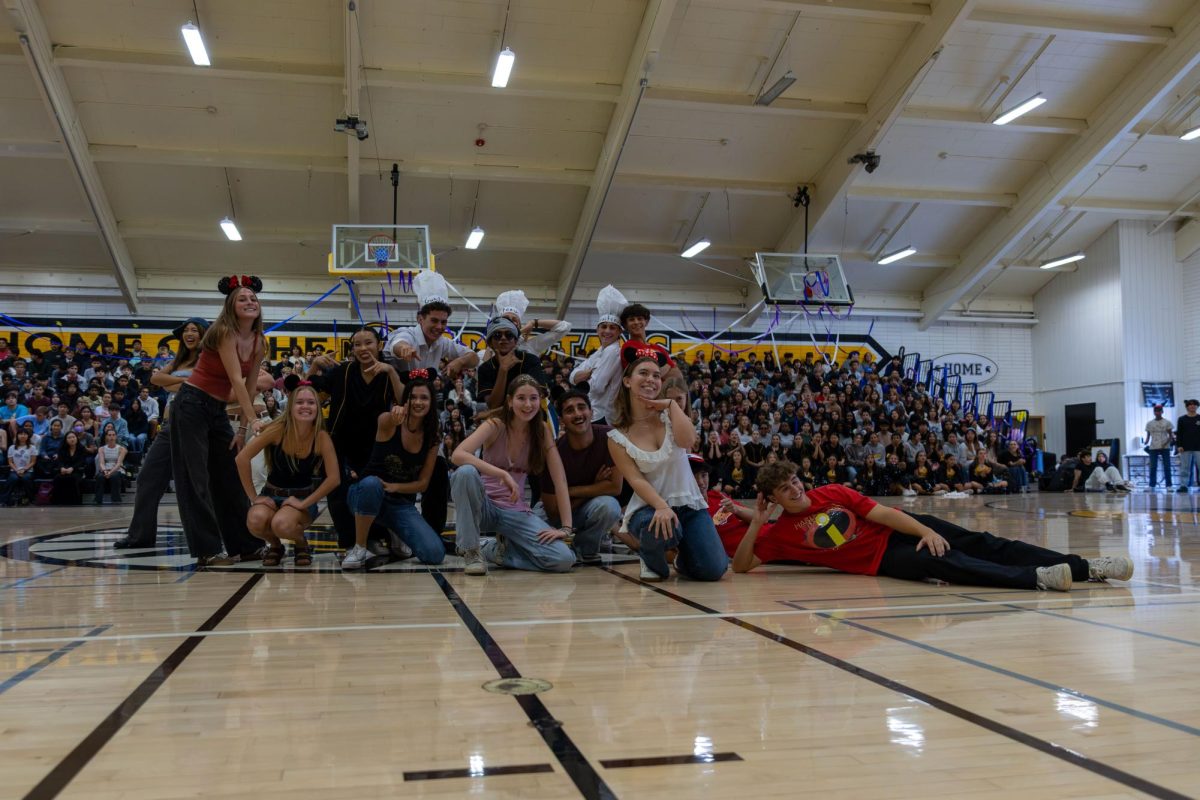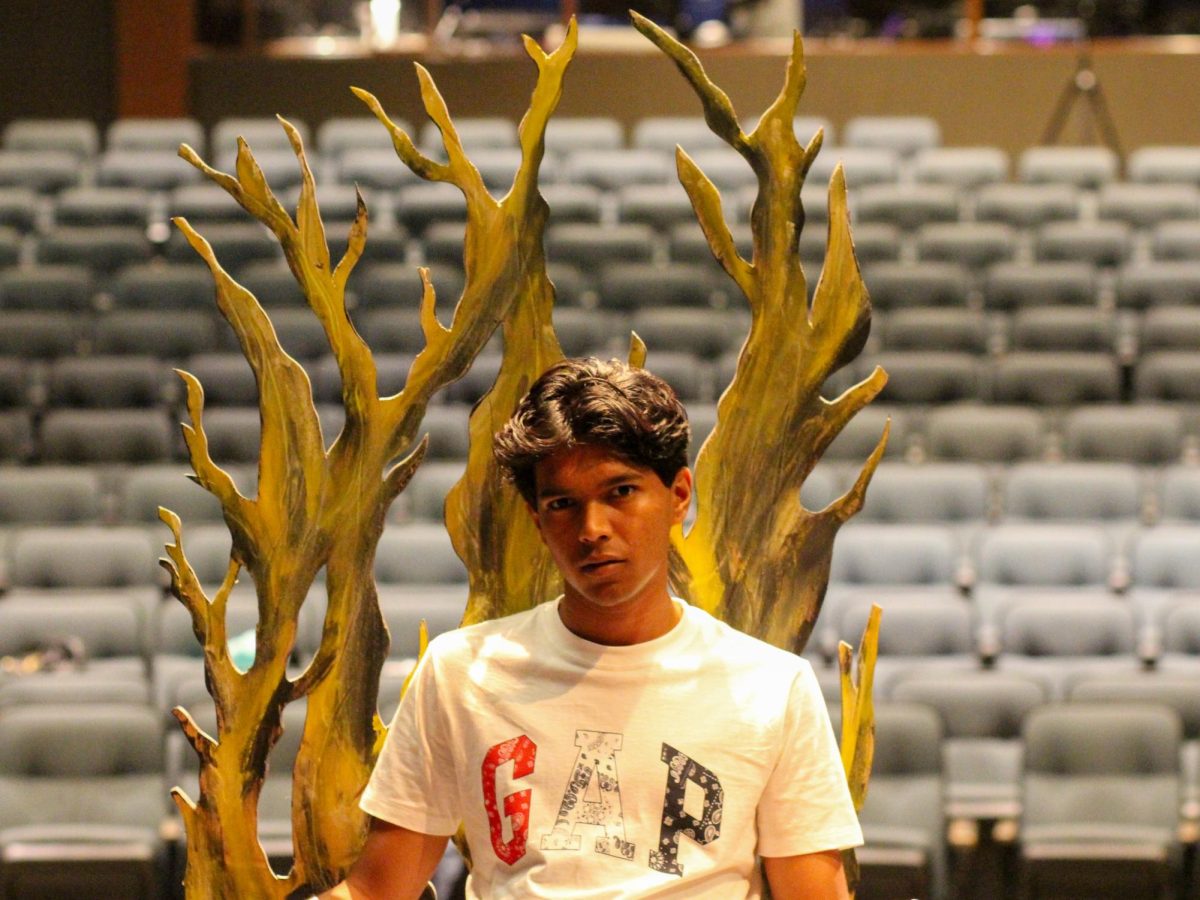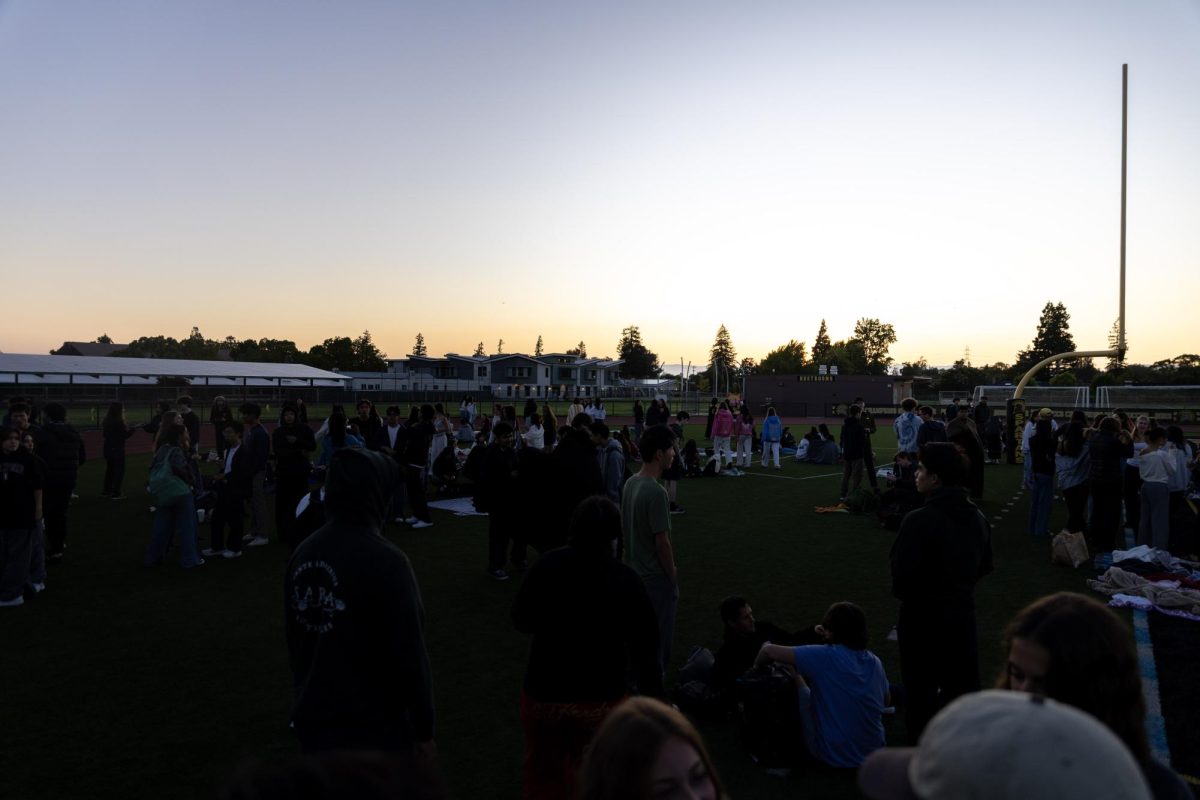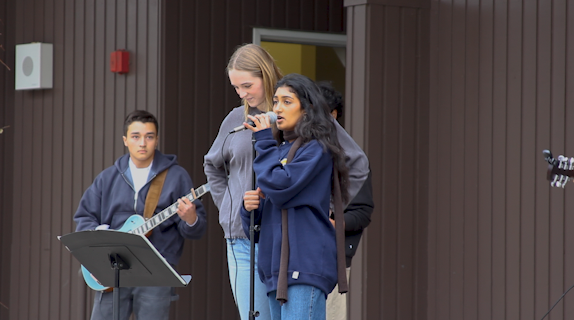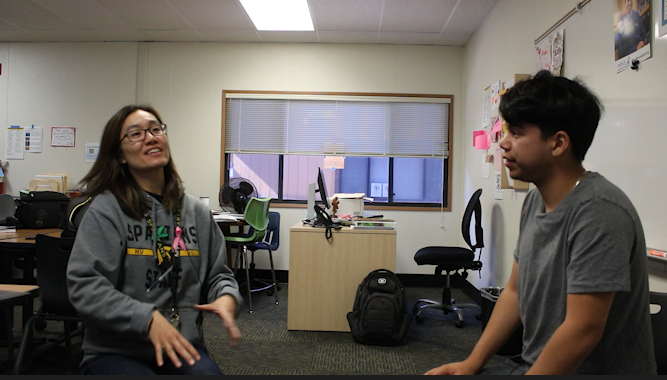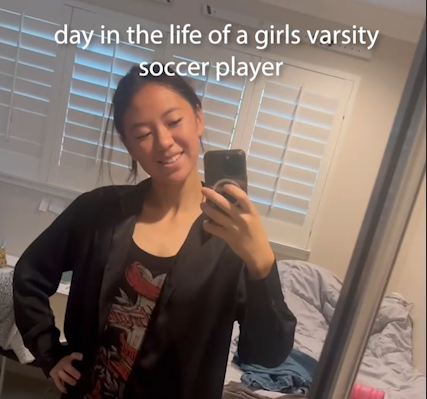
Any person learning a new language will know the difficulty in comprehending it. The same is true for English. The MVHS English Language Development program, currently serving 76 students, is designed to teach the skills needed for understanding of the English language and integration into the greater school community, assistant principal Daniela Quinones said.
This year, the ELD department proposed to update its curriculum with several new textbooks including English 3D’s Issues and National Geographic’s Pathways. The new textbooks have various digital resources that would allow students to look at video captions and replay audio, ELD coordinator Jose Rosario said.
This new curriculum is being piloted in six classes, Rosario said.
“I’d like to believe that it’s going to give them more practice and more variety in multimedia,” Rosario said. “And more accessibility with captions and also audio, to be able to have someone read to you while you read.”
One of the goals of the ELD program is to get students reclassified, and Rosario said he hopes the new curriculum will facilitate this. When students enroll in a school in California, they are asked what languages they speak, Rosario said.
“If any of the answers are anything other than English, then the student has to take a test to show that they know English, and this test called the ELPAC [English Language Proficiency Assessment] will measure if the student is proficient in English,” Rosario said.
Students who do not get a high score on the ELPAC become multilingual students, take the test yearly until they are reclassified as proficient and no longer need to take ELD classes. Each year, 15-20% of students are reclassified, Rosario said. This year, 19 students were reclassified, Quinones said.
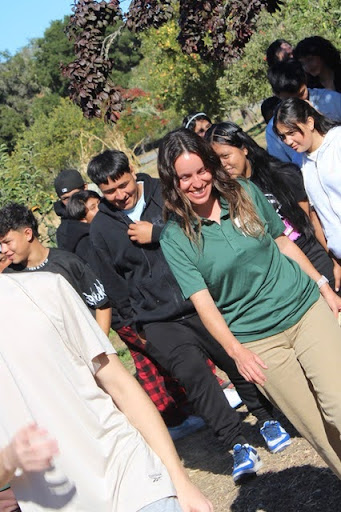
“If a student scores at a high enough level of proficiency in those four domains of the language, then they are deemed as eligible for reclassification,” Quinones said. “That’s something really big to celebrate for our students, because it means that they can access a rigorous level of curriculum…and they can continue to be eligible to pursue college education.”
ELD classes are composed of four domains – reading, writing, speaking and listening, Rosario said.
The curriculum covers a variety of subjects, including gaming, street art, healthy eating and empathy. Within English, the curriculum covers reading, summarizing and paraphrasing articles and books, as well as creating presentations, senior ELD student Alisa Zaitseva said.
“I think doing presentations in ELD class helped me a lot with my confidence, because I know that many people are shy to speak in English because of their accents,” Zaitseva said. “In ELD classes, there is no judgement because everyone is learning English.”
The greatest obstacle to learning English is adapting to a different alphabet and vocabulary without the head start native English speakers have, Rosario said. Other students may have issues with understanding colloquial language.
“For me, [the hardest part of learning English] is the grammar and order of words in sentences, because it’s very different from my language,” Zaitseva said. “For classes, I would say the hardest part for me is taking tests, especially timed tests…to read the question takes more time than for people who are native speakers.”
Some classes that tend to challenge ELD students are math and English, Rosario said.
“I think the math classes have really great expectations of our students for accuracy,” Rosario said. “The other one that’s really tough is English…oftentimes, English classes have an expectation where writing is 50% of the grade, and writing essays that are long can be really challenging.”
In order to overcome these challenges, the ELD program attempts to have a predictable curriculum and give students routines about how and how often the students write, Rosario said. Nevertheless, the ELD program has a variety of texts in every stage.
“If one week in ELD 2 we’re talking about a zookeeper’s job and how they feed the hippos, and then a couple months later we’re talking about an astronaut trying to start a colony on mars, there’s variety, and therefore the student feels comfortable with randomness, and that’s a part of language,” Rosario said.
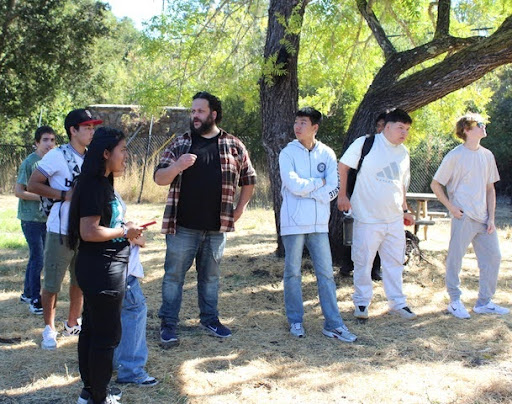
In addition, the teachers are supportive, senior Jefferson Salguero said.
“The teachers are very patient and use their time to ensure that you learn well, that you read, and that you understand everything,” Salguero said. “My teachers have helped me with examples in the past, present and future tenses.”
Practice, repetition and student access to the curriculum are important for ELD students learning how to use academic English, Rosario said. In addition, to support the learning of ELD students, the department collaborates with other departments, Rosario said.
“The English department is who we collaborate the most with, because our students are often taking English classes as well,” Rosario said.
Students in the ELD program feel happier because they know their English is improving, Salguero said.
“I have more trust with my English and I am able to speak with other people and my friends,” Salguero said.
The ELD program takes students from a variety of backgrounds. Most of the students come from Spanish-speaking countries, with the next six most common languages (in no particular order) spoken being Turkish, Japanese, Mandarin, Russian, Ukrainian and Arabic, Rosario said.
“What has been interesting is, a lot of our Asian, Southeast Asian and European countries practice English as early as third grade, so they come in with more years of practice than some of our Latin American countries,” Rosario said. “Even if they didn’t…they don’t have as many other students who speak that language in an ELD class and it really forces them to immerse themselves in English.”
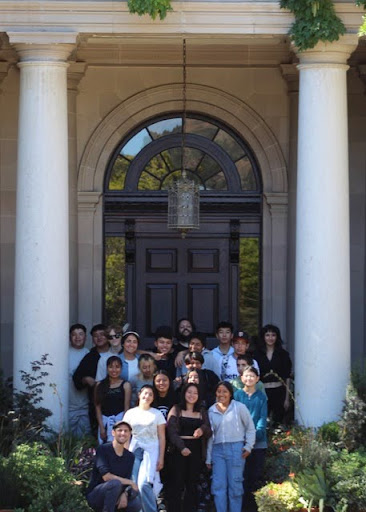
The ELD program also provides non-academic support for students.
“We also have a CSA caseworker, a social worker that can meet with ELD students and their families and provide access to community resources that the family might need…from access to a food pantry to rent stabilization support to how to access MediCal and other community supports,” Quinones said.
To improve the program, Zaitseva believes that the ELD program could have more meetings where multilingual students talk to native English speakers.
“I feel that many ELD students are only friends with other ELD students, and they never go out…they’re limited in their speaking with native speakers,” Zaitseva said.
The ELD program is constantly striving for improvement, Quinones said.
“We’re always looking to do better for our students, and we have an incredible group of super hardworking and super caring ELD students for our ELD students,” Quinones said. “So, our kids are really lucky to be at Mountain View High School.”

